Fig. 12.1, [Supine position with typical pressure points]. - Compartment Syndrome - NCBI Bookshelf
Por um escritor misterioso
Last updated 05 junho 2024
![Fig. 12.1, [Supine position with typical pressure points]. - Compartment Syndrome - NCBI Bookshelf](https://www.ncbi.nlm.nih.gov/books/NBK553906/bin/463005_1_En_12_Fig1_HTML.jpg)
Supine position with typical pressure points
![Fig. 12.1, [Supine position with typical pressure points]. - Compartment Syndrome - NCBI Bookshelf](https://www.ncbi.nlm.nih.gov/books/NBK279025/bin/diffuse-hormonal-sys-Image004.jpg)
Diffuse Hormonal Systems - Endotext - NCBI Bookshelf
![Fig. 12.1, [Supine position with typical pressure points]. - Compartment Syndrome - NCBI Bookshelf](https://pubs.acs.org/cms/10.1021/acsptsci.1c00167/asset/images/acsptsci.1c00167.social.jpeg_v03)
Metformin for Cardiovascular Protection, Inflammatory Bowel
![Fig. 12.1, [Supine position with typical pressure points]. - Compartment Syndrome - NCBI Bookshelf](https://patentimages.storage.googleapis.com/da/e3/d1/645603d18a8c30/imgf000048_0005.png)
WO2019090088A1 - Modulators of the integrated stress pathway
![Fig. 12.1, [Supine position with typical pressure points]. - Compartment Syndrome - NCBI Bookshelf](https://www.ncbi.nlm.nih.gov/books/NBK579460/bin/ch12f1.jpg)
Chemical fact sheets - Guidelines for drinking-water quality
![Fig. 12.1, [Supine position with typical pressure points]. - Compartment Syndrome - NCBI Bookshelf](https://www.ncbi.nlm.nih.gov/books/NBK278923/bin/prmry-hyperparathyro-Image004.jpg)
Primary Hyperparathyroidism - Endotext - NCBI Bookshelf
![Fig. 12.1, [Supine position with typical pressure points]. - Compartment Syndrome - NCBI Bookshelf](https://www.researchgate.net/publication/290598743/figure/fig2/AS:960094049140745@1605915667222/Normal-patient-in-supine-position-a-where-CSF-pressure-Pcsf-measured-from-the-EAM-to.gif)
Normal patient in supine position (a) where CSF pressure (Pcsf
![Fig. 12.1, [Supine position with typical pressure points]. - Compartment Syndrome - NCBI Bookshelf](https://pubs.acs.org/cms/10.1021/acs.chemrev.1c00260/asset/images/medium/cr1c00260_0037.gif)
Directed Evolution: Methodologies and Applications
![Fig. 12.1, [Supine position with typical pressure points]. - Compartment Syndrome - NCBI Bookshelf](https://ars.els-cdn.com/content/image/3-s2.0-B9780128222249000256-co-01-9780128222249.jpg)
Pathophysiology of heart failure and an overview of therapies
![Fig. 12.1, [Supine position with typical pressure points]. - Compartment Syndrome - NCBI Bookshelf](https://pubs.acs.org/cms/10.1021/acsomega.3c06293/asset/images/medium/ao3c06293_0010.gif)
Qualitative Proteome-wide Lysine Crotonylation Profiling Reveals
Recomendado para você
-
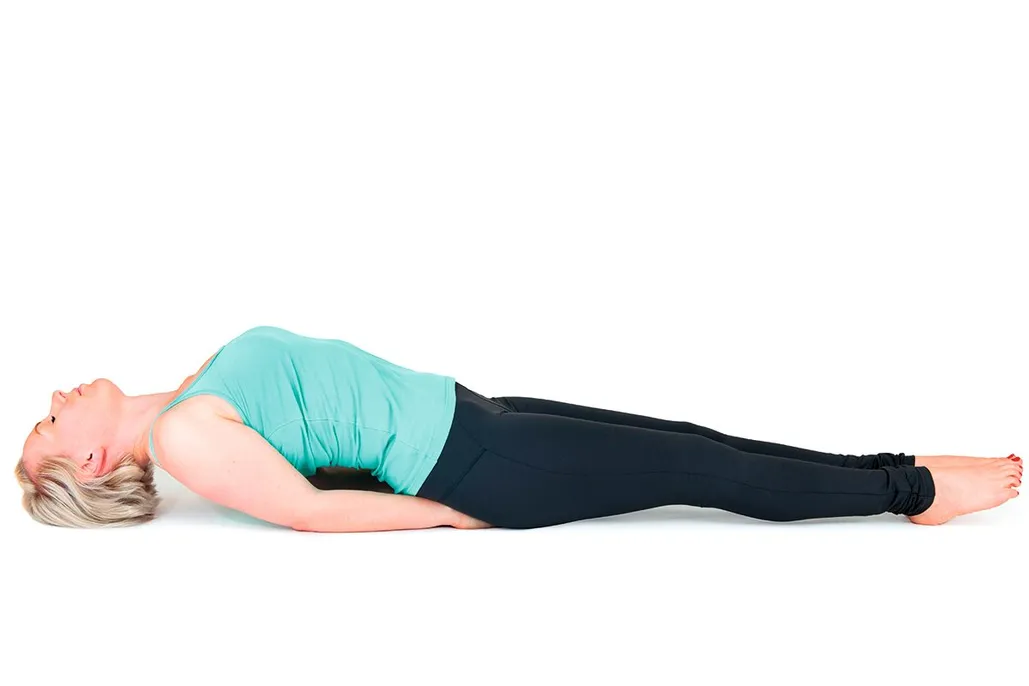 Supine position: health benefits and guide05 junho 2024
Supine position: health benefits and guide05 junho 2024 -
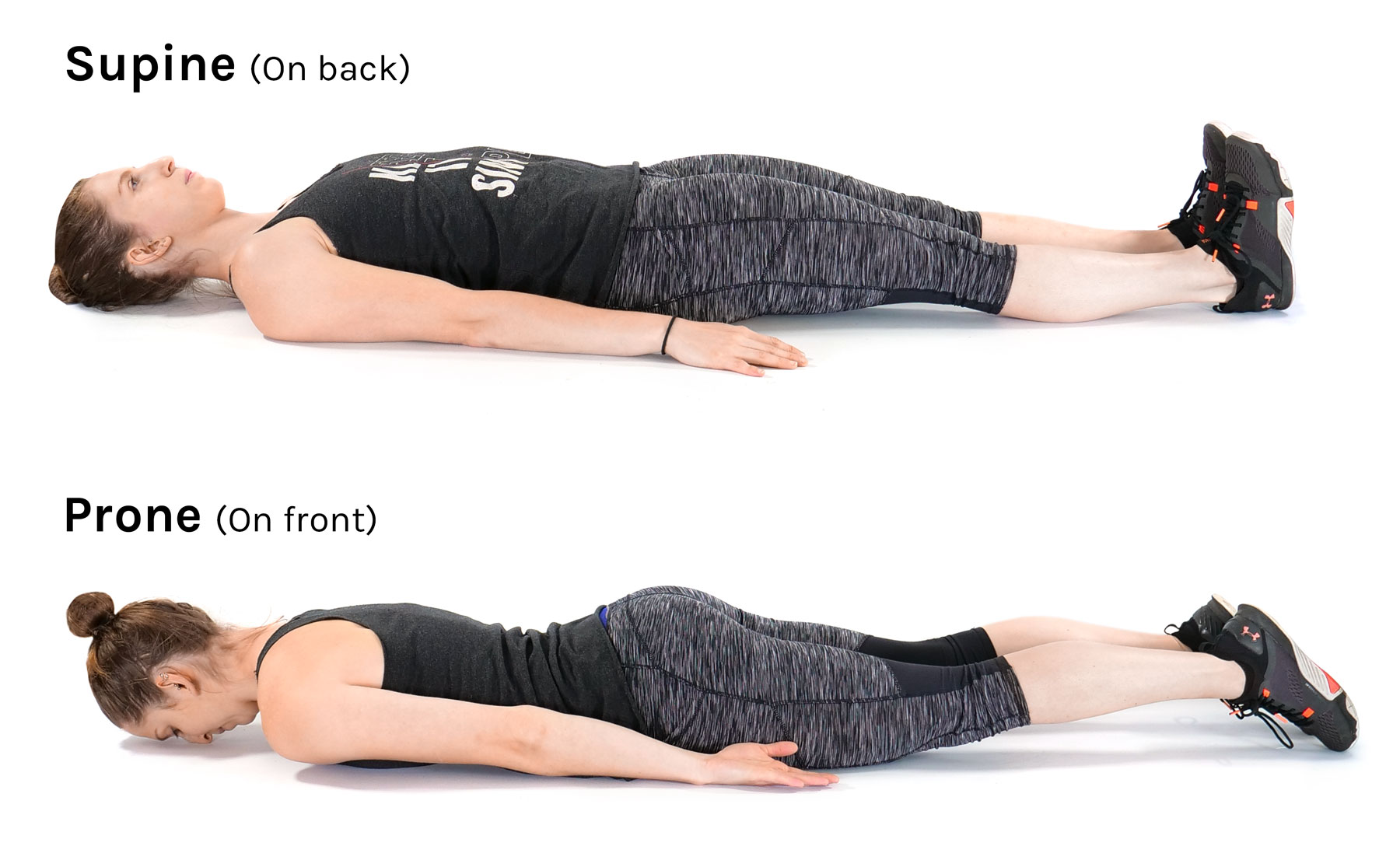 The Anatomical Position - Tom Morrison05 junho 2024
The Anatomical Position - Tom Morrison05 junho 2024 -
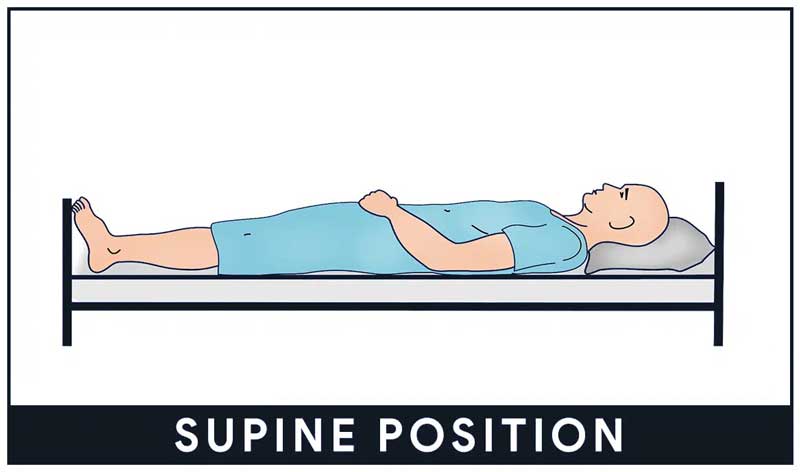 The Complete Guide for Patient Positioning - Healthcare Supply05 junho 2024
The Complete Guide for Patient Positioning - Healthcare Supply05 junho 2024 -
Supine Lying Down Position / Corpse Pose – WorkoutLabs Exercise Guide05 junho 2024
-
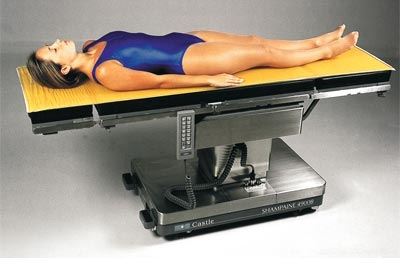 Supine Position Reduces Pressure Ulcers05 junho 2024
Supine Position Reduces Pressure Ulcers05 junho 2024 -
 Systematically Attacking From Open Guard Supine Position – BJJ Fanatics05 junho 2024
Systematically Attacking From Open Guard Supine Position – BJJ Fanatics05 junho 2024 -
 Supine Position, Mat, Exercise05 junho 2024
Supine Position, Mat, Exercise05 junho 2024 -
 9,900+ Supine Position Stock Photos, Pictures & Royalty-Free Images - iStock05 junho 2024
9,900+ Supine Position Stock Photos, Pictures & Royalty-Free Images - iStock05 junho 2024 -
 Prone Position: When to Use This Position?05 junho 2024
Prone Position: When to Use This Position?05 junho 2024 -
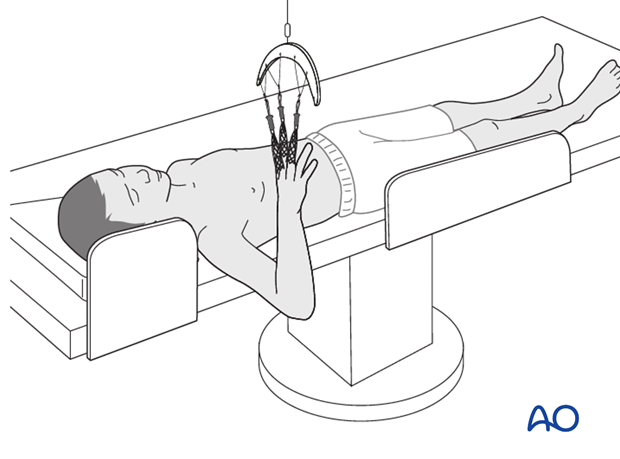 Supine position for casting05 junho 2024
Supine position for casting05 junho 2024
você pode gostar
-
 Da mystery of chessboxin - Wu Tang Clan : r/AnarchyChess05 junho 2024
Da mystery of chessboxin - Wu Tang Clan : r/AnarchyChess05 junho 2024 -
 Nico Robin haki + rokushiki by xMrNothingx on DeviantArt05 junho 2024
Nico Robin haki + rokushiki by xMrNothingx on DeviantArt05 junho 2024 -
 Pokémon Unite: veja como instalar o jogo grátis e jogar agora05 junho 2024
Pokémon Unite: veja como instalar o jogo grátis e jogar agora05 junho 2024 -
 A Arte da Análise: a importância da investigação no xadrez05 junho 2024
A Arte da Análise: a importância da investigação no xadrez05 junho 2024 -
 Gааrа / Temporary Tattoo / Love Tattoo / Forehead Tattoo /05 junho 2024
Gааrа / Temporary Tattoo / Love Tattoo / Forehead Tattoo /05 junho 2024 -
Avaliações sobre Decathlon Portugal Leia as avaliações sobre o Atendimento ao Cliente de www.decathlon.pt05 junho 2024
-
 Xbox Game Pass Ultimate05 junho 2024
Xbox Game Pass Ultimate05 junho 2024 -
 Yesterday wo Utatte Manga Chapter 6205 junho 2024
Yesterday wo Utatte Manga Chapter 6205 junho 2024 -
 creepy trollface Blank Template - Imgflip05 junho 2024
creepy trollface Blank Template - Imgflip05 junho 2024 -
Buy Saints Row IV: Re-Elected05 junho 2024

